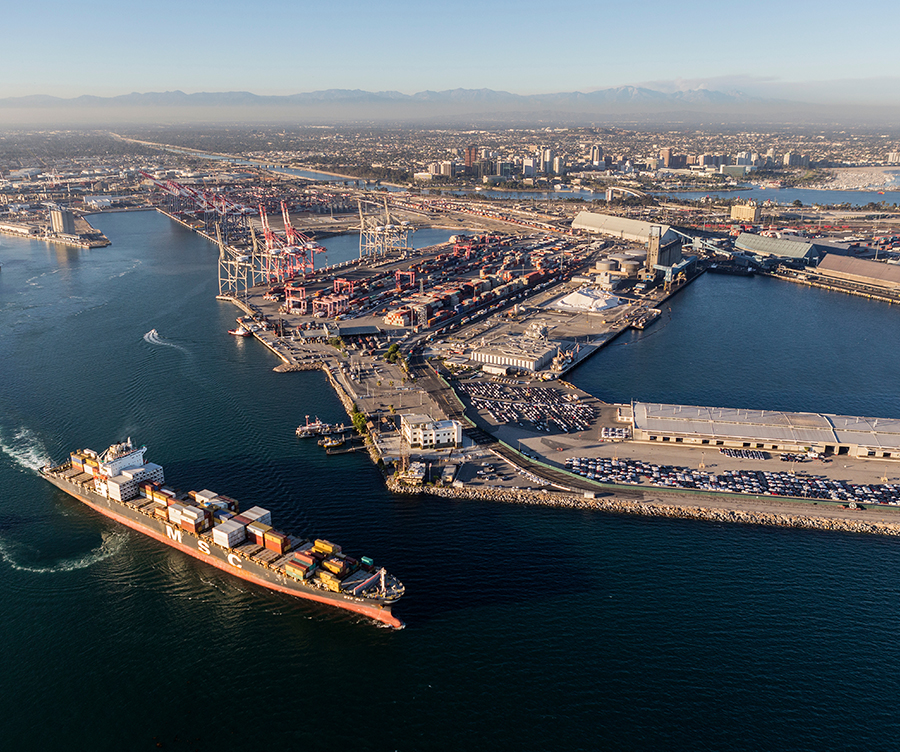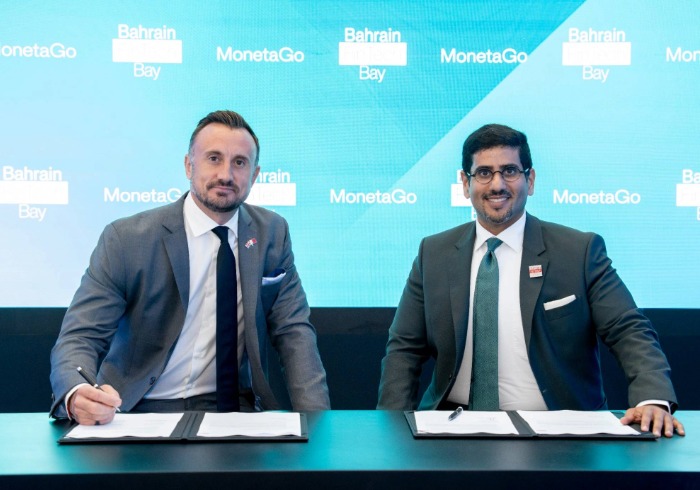US shipping experts have welcomed the temporary reprieve from triple-digit tariffs on Chinese imports, but do not believe a 90-day pause will be enough to reverse a dramatic drop in vessel traffic at the country’s busiest West Coast port.
The Port of Los Angeles is the US’s largest container port by volume, handling cargo worth US$333bn last year alone. The port also forms a huge part of California’s economy and is linked to around 1 in 14 jobs in the state, port statistics show.
However, trade with China accounts for by far the largest share of activity at the facility, and the impact of President Donald Trump’s 145% tariffs on Chinese imports was laid bare last week.
“When you saw the stark reality of cargo at the biggest port dropping by more than 30% last week, slamming on the brakes of China cargo, it got a lot of people’s attention,” Port of Los Angeles executive director Gene Seroka told CNN yesterday.
Seroka said fewer ships were arriving, several sailings had been cancelled, and the port expects a drop of around 25% in the volume of cargo arriving by the end of this month.
The local impact was immediate, with thousands of longshoremen unable to work as usual and fewer trucks called upon to haul containers, he said.
fDi Intelligence reported last week that the number of container vessels departing from China to the US almost halved between the weeks of April 10 and April 28.
With markets in turmoil, US and Chinese officials announced on May 12 the US would suspend the 145% tariffs for 90 days, starting May 14, lowering the default rate to 30%. China’s reciprocal tariffs on imports from the US have been dropped to 10% for the same period.
Sekora says in a statement issued this week that the announcement is “welcome news for consumers, American businesses, workers and the supply chain”.
However, he says tariffs “remain elevated” compared to the start of April, and does not expect trade volumes on the China-LA route to bounce back to previous levels.
Sources at the Port of Los Angeles believe there could be an uptick in imports of critical products such as medical equipment.
However, the time taken to ship goods from China – it takes around two weeks to position vessels before a sailing time of another two weeks – along with lingering uncertainty over longer-term tariff measures, means a surge in imports is unlikely, they say.
A freight executive based in Long Beach, California, speaking on condition of anonymity due to political sensitivities, says the pause “could provide some relief” but that a full recovery “would need more long-term policy”.
Around 80% of their company’s cargo comes from China, and after the April tariff measures most clients had put a “full stop” on shipping to the US, they say.
“Lower tariffs mean improved cost for importers, which can stimulate trade flow, but mostly for cargo that has been ready to ship, waiting in Chinese ports,” they tell GTR.
“I heard from a client who is currently in China, to finalise orders, importers and exporters will be reluctant to commit to long-term contracts until they are sure.”
Peter Sand, chief analyst at freight intelligence firm Xeneta, says some shippers will see the next 90 days as a “window of opportunity to ship as many goods as possible into the US”.
However, he points out the remaining 30% tariff will still prove “prohibitive for some businesses with lower-margin goods”, and that it may take time to ramp up sourcing and manufacturing in China if importers “took the foot off the gas” last month.
Supply chain upheaval
The turmoil at the Port of LA has also caused wider disruption to transpacific shipping operations.
Port data shows the number of LA-bound blank sailings – where vessels skip a port call or cancel a voyage – is projected to rise from six in April to 17 this month.
Ocean liner analytics company Sea-Intelligence says there has been a “sharp week-by-week increase in the number of blank sailings” on the transpacific route.
The company adds that shipping lines had been planning to increase capacity on the Asia-to-West Coast route by 17% year-on-year, but are now reducing it by around 4%.
Maersk issued an advisory last week saying that rather than cancelling services, it is adjusting vessel sizes to align with reduced demand.
Some of Maersk’s customers “are moving forward with planned shipments, while others are exploring alternate sourcing markets or temporarily storing cargo at origin”, it said on May 9.
Maersk adds that many US importers are also changing trade strategies, including shifting sourcing locations. The California freight executive says some clients have already switched to suppliers in markets such as Vietnam, Bangladesh, India, Cambodia and Thailand.
Maersk also flags that companies are increasingly importing on delivered duty paid terms, where the cost of duties and fees – including tariffs – are borne by the seller until goods are delivered.
The shipping giant warns that such transactions are considered high risk by US Customs and Border Protection, and could result in “more frequent inspections, delays at port and unexpected demurrage charges”.








